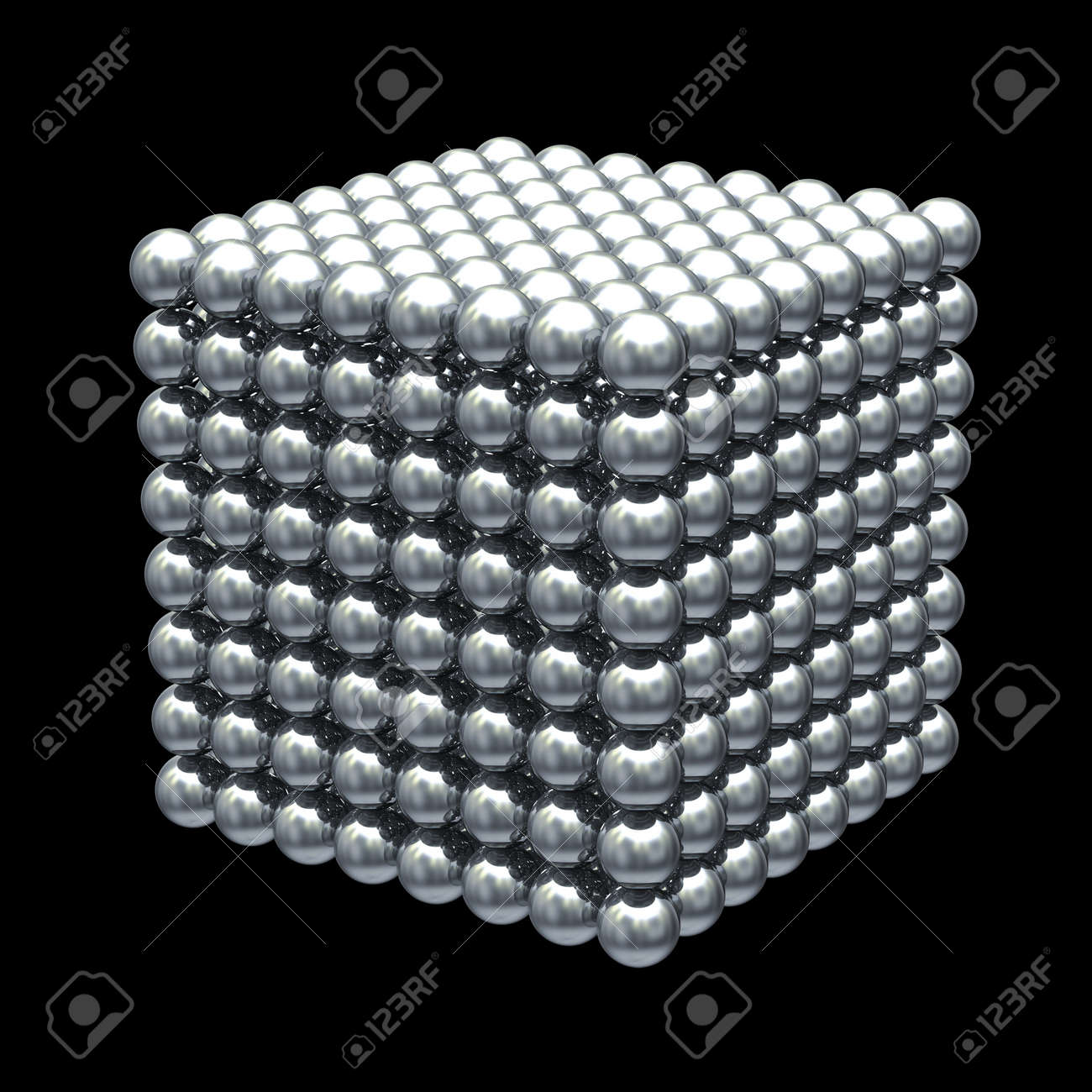Magnets were first discovered by ancient civilizations going back 2,500 years, and by the 12th and 13th centuries AD, magnetic compasses were commonly used for navigation in China and Europe. Today, magnets are an essential part of modern technology. They are found in almost any appliance you can name, from mobile phone speakers to electric motors, washing machines and air conditioners.

The magnet industry continues to grow due to the increased demand for magnetic circuit components widely used in industrial equipment, while technological advances enable magnets to be 60 times as strong as they were 90 years ago.
Which Metals Are Magnetic?
The Steel Core 3-piece 18 in. Magnetic bar tool holder/organizer will keep your tools visible, handy and safely out of the way while you work. Magnetic bar organizer is rugged enough for your shop but attractive enough for your kitchen and you can easily mount to the wall, work bench or any flat surface. At Industrial Magnetics, Inc. (IMI), we specialize in industrial strength magnetic separation equipment for the removal of ferrous and non-ferrous metal contaminants from dry or liquid product flows and we are the first manufacturer to offer 52 MgOe rare earth material as a standard in many of our metal separation products.
Magnetic metals include:
- Iron
- Nickel
- Cobalt
- Some alloys of rare earth metals
These magnetic metals fall under the categories:
- Permanent Magnets
- Electromagnets
- Neodymium Magnets
Permanent Magnets
When people think of magnets, they’re often thinking of permanent magnets. These are objects which can be magnetized to create a magnetic field. The most common example is the refrigerator magnet, used to hold notes on our refrigerator door.
The most common metals used for permanent magnets are iron, nickel, cobalt and some alloys of rare earth metals.
There are two types of permanent magnets: those from “hard” magnetic materials and those from “soft” magnetic materials. “Hard” magnetic metals tend to stay magnetized over a long period. Common examples are:
- Alnico alloy, an iron alloy with aluminum, nickel and cobalt. Alnico alloys make strong permanent magnets. They are widely used in industrial and consumer electronics. For example, in large electric motors, microphones, loudspeakers, electric guitar pickups and microwaves.
- Ferrite, a ceramic compound composed of iron oxide and other metallic elements. Ferrites are used in refrigerator magnets and small electric motors.
“Soft” magnetic metals can be magnetized but lose their magnetism quickly. Common examples are iron-silicon alloys and nickel-iron alloys. These materials are typically used in electronics, for example transformers and magnetic shielding.
Electromagnets
Electromagnets are made from a coil of copper wire wound around a core made from iron, nickel or cobalt. The coiled wire will generate a magnetic field when an electric current passes through it, however, the magnetic field disappears the moment the current stops. Electromagnets need electricity to work. Their usefulness lies in the ability to vary the strength of the magnetic field through controlling the electrical current in the wire.
Electromagnets are commonly used in electric motors and generators. They both work on the scientific principle of electromagnetic induction, discovered by scientist Michael Faraday in 1831, which says that a moving electric current will create a magnetic field, and vice versa. In electric motors, the electric current generates a magnetic field which moves the motor. In generators, an external force such as wind, flowing water or steam rotates a shaft which moves a set of magnets around a coiled wire, thus producing an electric current.
Electromagnets are also used to flick the switches in relays, used in telephone exchanges, railway signaling and traffic lights.
Junkyard cranes are also fitted with electromagnets which are used to pick up and drop large vehicles with ease. These electromagnets take the form of a round plate fitted to the end of the crane.
A modern train system known as Maglev (short for magnetic levitation) uses electromagnets to levitate the train above the rail. This reduces friction and allows the train to move at tremendous speed.
Advanced applications of electromagnets include magnetic resonance imaging (MRI) machines, and particle accelerators (like the Large Hadron Collider).

Neodymium Magnets

Magnetic Metals
Neodymium magnets are a type of rare-earth magnet comprised of an alloy of neodymium, iron and boron. They were devised in 1982 by General Motors and Sumitomo Special Metals. Neodymium magnets are the strongest type of permanent magnet commercially available. They are used when strong permanent magnets are required, particularly in cordless tool motors, hard disk drives and magnetic fasteners.
Turning Non-Magnetic Metals Into Magnets
Copper and manganese are not normally magnetic. However, a ground-breaking new technique, developed by Oscar Cespedes of the University of Leeds, UK, has transformed copper and manganese into magnets.
Cespedes and his team fabricated films of copper and manganese on carbon structures called Buckyballs. When an external magnetic field was applied and removed, the films retained 10% of the magnetic field. This new technique is set to provide a more biocompatible and environmentally-friendly way to manufacture MRI machines.
Other possible applications include use in wind turbines. Wind turbines currently use iron cobalt and nickel with rare-Earth elements. But these elements are expensive and tough to mine. The breakthrough opens the possibilities to cheaper alternatives.
Metal Supermarkets is the world’s largest small-quantity metal supplier with over 85 brick-and-mortar stores across the US, Canada, and United Kingdom. We are metal experts and have been providing quality customer service and products since 1985.
At Metal Supermarkets, we supply a wide range of metals for a variety of applications. Our stock includes: stainless steel, alloy steel, galvanized steel, tool steel, aluminum, brass, bronze and copper.
Our hot rolled and cold rolled steel is available in a wide range of shapes including: bars, tubes, sheets and plates. We can cut metal to your exact specifications.
Magnetic Metal Board
Visit one of our 80+ locations in North America today.

/magnets-214d942cb9ba4e7589d5b195d306f8d1.jpg)